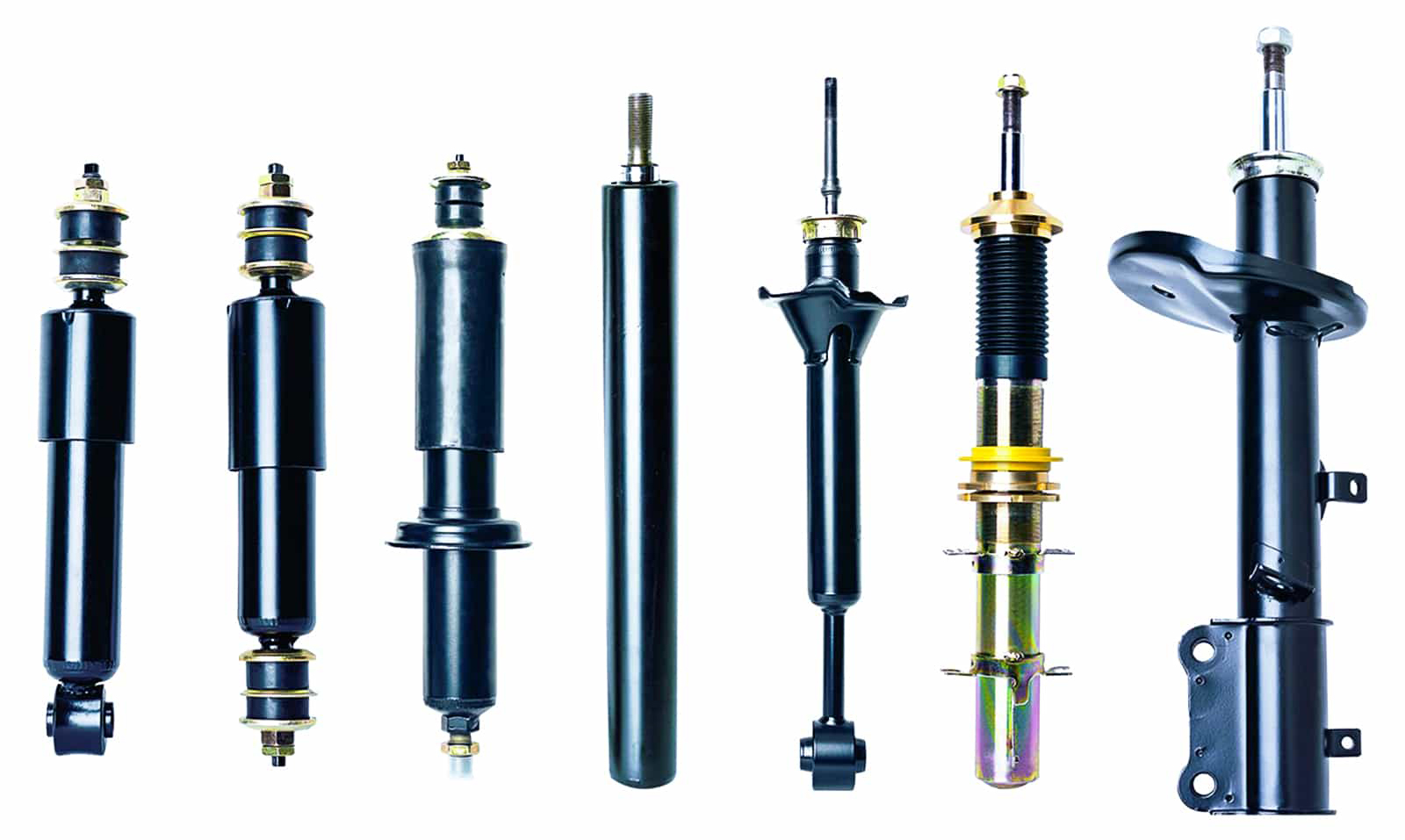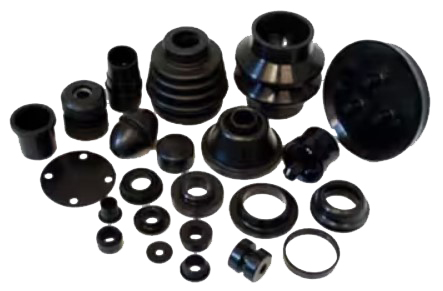When you glide over a bumpy road without feeling the harshness of every pothole, thank your shock absorber. This critical auto component plays a major role in keeping your vehicle safe, stable, and comfortable. Whether you drive a sedan, SUV, or bike, a well-functioning shock absorber makes all the difference in your road experience.
In this blog, we’ll break down what a shock absorber is, how it works, the different types, signs of failure, and the benefits of shock absorbers—along with helpful answers to frequently asked questions.
What is a Shock Absorber?
A shock absorber is a mechanical or hydraulic device designed to absorb and dampen shock impulses. In simple terms, it controls the bounce and rebound of your vehicle’s suspension system to ensure a smoother and more stable ride. Whether you’re behind the wheel of the KIA EV5 FWD or the KIA Sportage HEV, shock absorbers work quietly behind the scenes to enhance your driving experience.
How Does a Shock Absorber Work?
Shock absorbers convert the kinetic energy of suspension movement into heat, which is then dissipated through hydraulic fluid. This prevents your car from bouncing excessively after hitting a bump, maintaining contact between the tires and the road. This functionality is crucial for both safety and comfort, especially in modern SUVs like the KIA Sportage Alpha and Sportage FWD.
Types of Shock Absorbers
-
 Twin-Tube Shock Absorbers – Common in most passenger vehicles.
Twin-Tube Shock Absorbers – Common in most passenger vehicles. -
Mono-Tube Shock Absorbers – More performance-oriented.
-
Gas-Charged Shock Absorbers – Provide better damping and are widely used in SUVs.
-
Coilover Shock Absorbers – Often used in sports cars and racing applications.
-
Bike Shock Absorbers – Specially designed for two-wheelers to handle road shock and stability.
Shock Absorber Rubber: A Silent Protector
 A key part of many shock absorbers is the shock absorber rubber, which acts as a buffer between metal components. It reduces vibrations, minimizes noise, and increases the life of the suspension system.
A key part of many shock absorbers is the shock absorber rubber, which acts as a buffer between metal components. It reduces vibrations, minimizes noise, and increases the life of the suspension system.
Benefits of Shock Absorbers

-
Enhanced Driving Comfort: Smooth ride even on rough terrains.
-
Better Handling: This keeps your car stable during sharp turns or sudden braking.
-
Tire Longevity: Reduces uneven tire wear.
-
Safety: Maintains traction and control by keeping tires in contact with the road.
-
Reduces Wear and Tear: Protects suspension parts and chassis from damage.
If you own a vehicle like the KIA Carnival Executive or the KIA Stonic EX Plus, investing in good car shock absorbers is crucial for maximizing vehicle lifespan and ride quality.
When to Replace Shock Absorbers?
Most shock absorbers last between 70,000 to 100,000 km, depending on road conditions, driving style, and maintenance. If you notice excessive bouncing, poor braking, or uneven tire wear, it may be time for a replacement. Make sure to review the latest KIA price list to compare parts and vehicle options.

Extend the Life of Your Shock Absorbers
-
Drive Smoothly: Avoid aggressive driving on uneven roads.
-
Routine Inspection: Schedule regular checkups via the Online Service Appointment Form.
-
Protective Coating: Apply services like Undercoating Car Protection or 3M Glass Coating Protection to protect against rust and wear.
Have questions or need expert advice? Use the Online Inquiry Form to connect with professionals.
FAQs About Shock Absorbers
What is the effect of shock absorbers?
They stabilize your car, reduce vibrations, improve handling, and ensure a smooth ride.
What causes shock absorbers to go bad?
Wear and tear, oil leaks, corrosion, and rough driving conditions.
How do I know if my car shock absorber is bad?
Excessive bouncing, uneven tire wear, longer braking distance, and a bumpy ride are common signs.
What causes shock absorber damage?
Heavy loads, potholes, road salt, and poor maintenance.
What happens if shock absorbers are not replaced?
It can lead to poor handling, longer braking distance, increased tire wear, and even accidents.
How long do shock absorbers last?
Typically between 70,000 and 100,000 kilometers depending on the conditions.
How many km to replace shock absorbers?
Replacement is usually needed around 80,000 km, but early signs may require quicker attention.
What do shock absorbers protect?
They protect the vehicle’s suspension system, and chassis, and ensure tire-road contact.
Are SUV shock absorbers different from regular cars?
Yes, SUV shock absorbers are usually stronger and designed to handle heavier loads and off-road conditions.
Can shock absorber rubber be replaced?
Yes, worn-out shock absorber rubber can be replaced to eliminate noise and improve damping.
Do bikes have shock absorbers?
Yes, bike shock absorbers are vital for rider comfort and control, especially on uneven roads.
How often should shock absorbers be inspected?
Inspect every 20,000 km or at least once a year during routine service.
Conclusion
The shock absorber may be out of sight, but it should never be out of mind. It ensures your vehicle runs smoothly, safely, and efficiently. Whether you’re planning to upgrade to a KIA Sportage L or looking for expert servicing, always keep your shock absorbers in top shape.
For more expert advice, service bookings, and vehicle information, visit Kia Motors Port Qasim.













